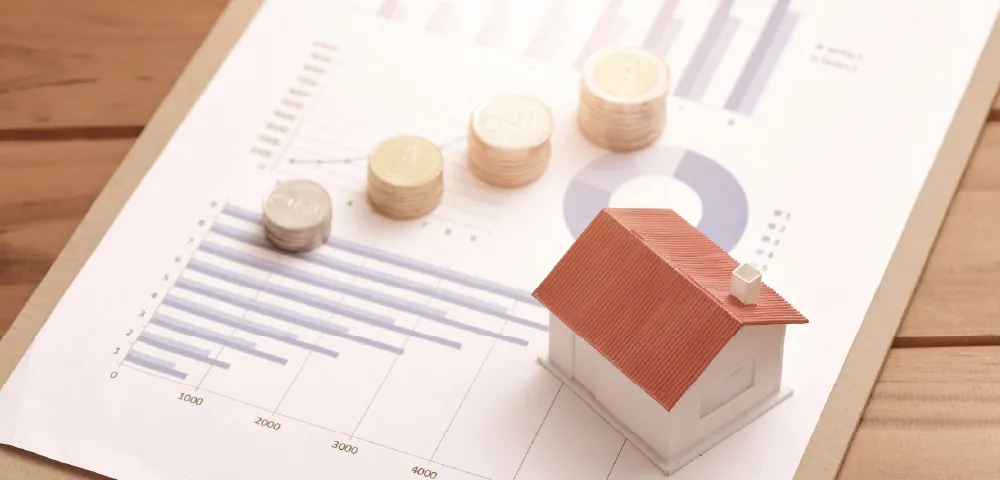A shrinking world with big needs
By Lodha
June 17, 2024

Going net zero means transforming ourselves and our economies for a liveable Earth. It’s important to know that construction materials too are major contributors to carbon emissions
With global greenhouse gas emissions reaching record highs and the carbon budget rapidly depleting, the urgency to shift towards a low-carbon and ultimately net-zero carbon economy has never been greater. However, this transition must be undertaken in a manner that fosters equitable growth, lifting millions out of poverty without imposing undue mitigation costs on them.
Nearly half of global greenhouse gas emissions stem from the built environment — encompassing the production of building materials, energy consumption in buildings, and city transportation. Addressing these aspects offers a blueprint for broader decarbonisation efforts needed in other sectors of the economy.
Embodied carbon
The materials used in construction, such as cement, concrete, steel, and aluminium, are major contributors to emissions. While alternatives and efficiency improvements exist, significant challenges remain in reducing their environmental impact.
Cement and concrete: Almost half of all embodied carbon of a building comes from cement and concrete. Concrete is the second most used item after water on earth. Unsurprisingly then 50% of all human production by mass is concrete and 8% of all global green house gas emissions come from the cement sector alone. The largest component leading to emissions in concrete is cement, while it can be supplemented by materials like fly ash, slag, and more innovative materials like limestone calcined clay, geopolymers, other composites, etc. the emissions from cement can still come down only by 50%.
Steel and aluminium: Another quarter of all embodied carbon of a building comes from these metals. While it helps to increase recycling of these materials, it remains critically dependent upon the scrap availability and its quality. Developing countries like ours, where per capita consumption of these materials has been low, we need to develop the scrap ecosystem that can feed these industries in the decades to come.
Efficiency is key
Similarly, enhancing energy efficiency in buildings is a crucial yet often overlooked aspect of achieving net zero emissions. Passive design features and efficient equipment can substantially reduce energy demand, offering substantial emission reductions. It is easily possible to reduce up to 40% of energy demand by incorporating passive design features that lower the energy needs and by deploying energy-efficient equipment.
Powering the future
Renewable energy plays a pivotal role in the transition to net zero, but its integration requires overcoming challenges related to grid stability. Integrating renewable energy in a development or a process depends on many factors including associated economic benefits. We must understand the ownership structure of the plant, its locational feasibility on-site or off-site, and the energy procurement models.
Consumption patterns
User behaviour: Most of the energy needs come from personal decisions like our own criteria of comfort or collective decisions like how we develop our homes, cities, and transportation systems. It is important to influence and engage each segment of society to acknowledge the need for development templates that adapt to climate change and at the same time are low in carbon emissions.
Market development: None of the above innovations or approaches can achieve maturity unless supported by the market and having a strong business model of scaling up. By developing confidence and generating the right demand signals we can assure ourselves that, like always, the markets will do the trick.
Embracing the challenge
While the challenges ahead may seem daunting, they also present an unprecedented opportunity for transformative change. By embracing these challenges, countries like India can not only secure their economic growth but also emerge as global leaders in sustainable development.
Credit – The Hindu
You may also like



 Enquire
Enquire
 Call
Call
 chat
chat
 Search
Search





